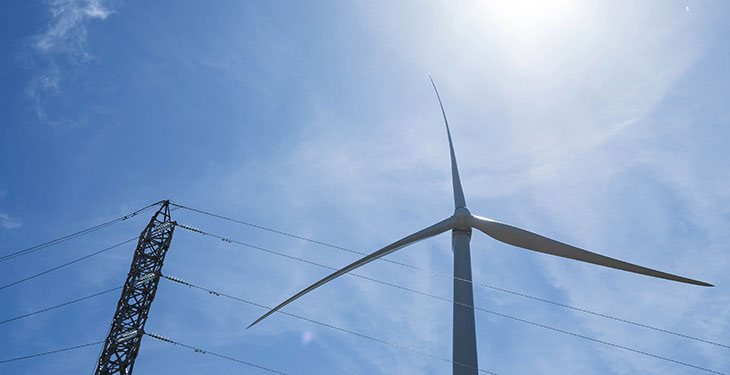To meet net-zero targets, investment is needed not just in renewable generation, but also in the electrification of transport and heat, hydrogen power and smart grid infrastructure, according to the 54th EY Renewable Energy Country Attractiveness Index (RECAI).
“Europe could become the first neutral continent in terms of greenhouse gas emissions by 2050. The European Commission is expected to present a set of legislative changes in the coming period that will require profound changes in almost every element of the economy. The energy sector in general and renewable energy in particular are only part of the solution,” says Mihai Drăghici, Senior Manager, Business Advisory Services, EY Romania.
The report highlights how the deployment of key technologies, such as distributed energy resources, electric vehicles, demand response and energy storage systems, will accelerate in the future. It also projects that to meet the International Energy Agency’s Sustainable Development Scenario, investment in renewable power would have to double from the US$300bn committed in 2018, to an annual average of US$600bn – reaching around US$18.6tn by 2050.
China remains top in this most recent Index due to the sheer size of investments taking place; this is despite a reported 39% reduction in the first half of 2019, which was triggered by the shift from feed-in tariffs to auctions for new wind and solar capacity.
The US also retains second place, as its offshore wind pipeline buoys up the future market and solar and onshore wind markets continue to benefit from tax credit subsidies.
Despite Brexit uncertainties, the UK climbs to number seven in the Index, with offshore wind auctions promising subsidy-free power.
Others rising up the ranking include Spain and Vietnam, mainly due to their booming solar markets, and a re-invigorated Polish market which re-enters the top 40 after a difficult few years.
The report examines how the energy industry can grasp the opportunities presented by a move to net-zero and the obstacles that need to be overcome. This includes being open to more innovative investment models in order to match capital with capacity. For example, a new twist on the yieldco model – where a new company focused on assured cash flow is floated – could help bring energy companies and investors together. This would help match these massive pools of capital with developers who can build the clean energy systems needed to meet net- zero targets.
